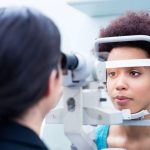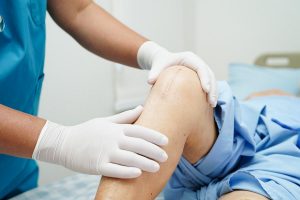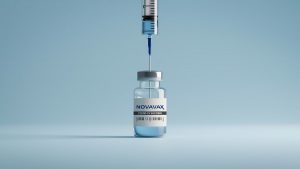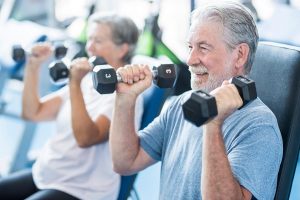
When it comes to losing weight, certain foods have a reputation for being all-stars, providing for a body’s nutritional needs while helping keep a person fuller for longer. “You’re looking at plant foods,” said Connie Diekman, a nationally known food and nutrition consultant and former president of the Academy of Nutrition and Dietetics. “You’re looking at whole grains, vegetables, fruit, beans, nuts, seeds.” Though certain diets or special eating plans may limit some of these foods, a healthy diet can include all of them, with an eye toward portion size. Here are some foods to eat to lose weight: Whole grains Whole grains haven’t been stripped of nutrients in processing, according to the Harvard T.H. Chan School of Public Health, in Boston. Whole grains can also provide a nice balance between protein and carbohydrates, Diekman said. From a weight-loss perspective, these foods contain fiber. “Fiber fills us up and so therefore that blood sugar curve doesn’t drop as rapidly, so you don’t feel the need to eat as often,” Diekman explained. Choices in this category can range quite a bit. There are lesser-known grains like quinoa, millet or bulgur, along with well-known whole wheat breads and pastas, brown rice and oatmeal. Oatmeal got a shout-out recently from the American Heart Association. “It has many, many good qualities,” said Candida Rebello, director of the nutrition and… read on > read on >





































-300x200.jpg)